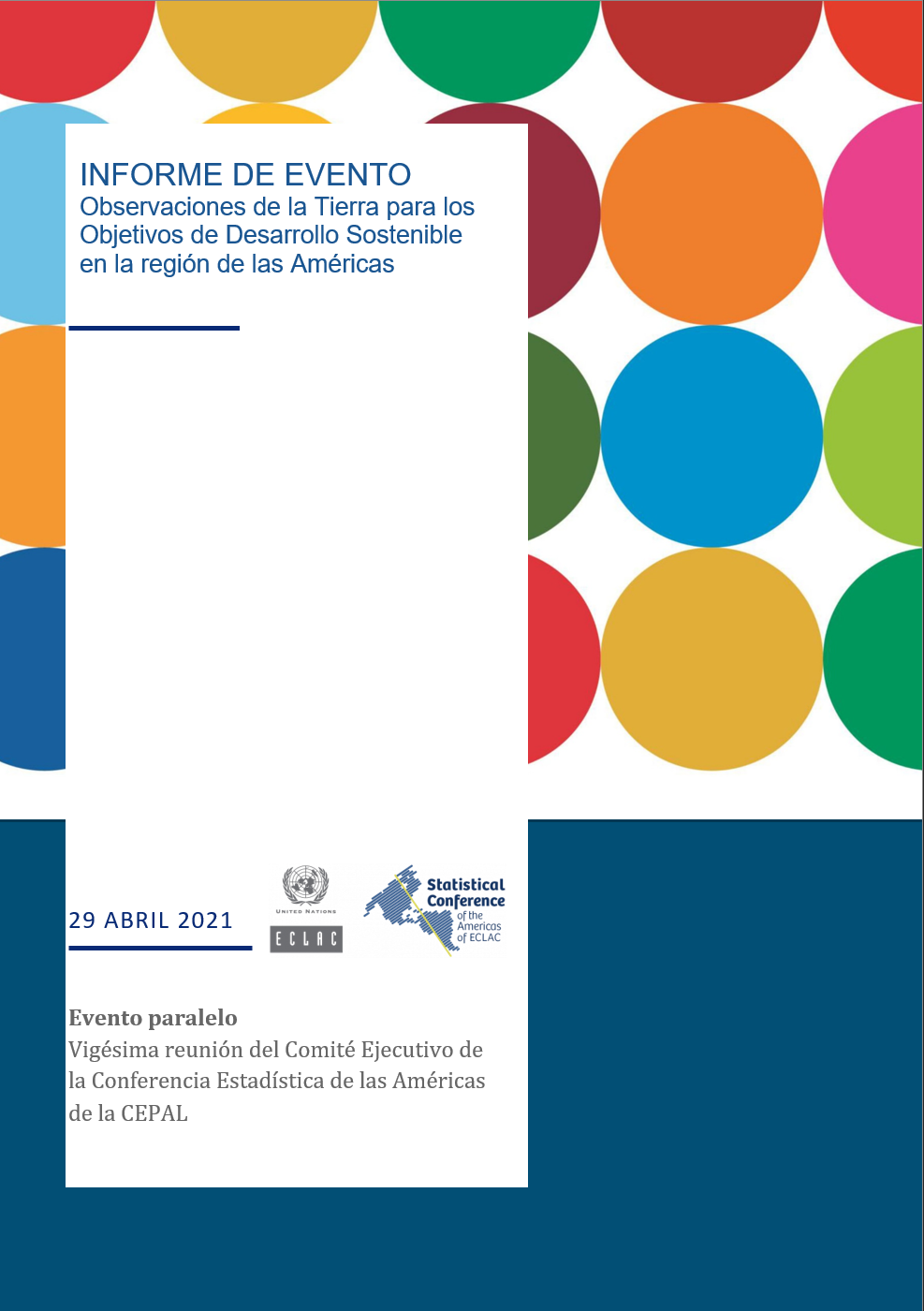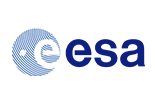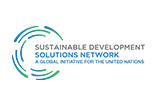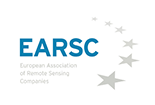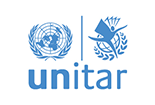Side Event Report: Earth Observations for SDGs in the Americas Region
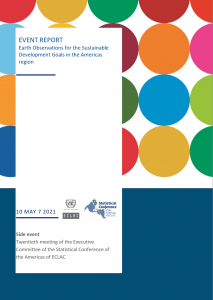 The use of Earth Observations (EO) represents an opportunity to obtain reliable, timely and continuous information, which, integrated with geospatial information and official statistics in the national information system, may allow direct support for the monitoring and measurement of Sustainable Development Goals (SDG) indicators, as well as policy-making.
The use of Earth Observations (EO) represents an opportunity to obtain reliable, timely and continuous information, which, integrated with geospatial information and official statistics in the national information system, may allow direct support for the monitoring and measurement of Sustainable Development Goals (SDG) indicators, as well as policy-making.
This side event of the Twentieth Meeting of the Executive Committee of the Statistical Conference of the Americas of the Economic Commission for Latin America (ECLAC), organized by the National Institute of Statistics and Geography (INEGI) of Mexico, allowed the review of national examples of good practices in the use and promotion of EO solutions to monitor and calculate SDG indicators in the Americas region, specifically the cases of Colombia, Brazil, Costa Rica and Mexico. Two initiatives in the region related to the use of EO for the SDGs were also shared: the EO Toolkit for Sustainable Cities and Human Settlements and the Regional Open Data Cube. The session was finalized with a question session from the audience to the panelists.
After the conclusion of the event, it is possible to recognize that the region of the Americas is strengthening efforts in terms of technology and infrastructure to leverage EO for the SDGs; however, there are still major challenges in supporting the production, monitoring and dissemination of SDG indicators from a data ecosystem that integrates EO with other data sources. Progress and learned lessons shared during this event are a contribution to achieving these goals. The session also highlighted the value of partnerships, joint work and global guidelines to make the most of technologies, sources of information and knowledge.
View the full report here:
El uso de Observaciones de la Tierra (OT) representa una oportunidad para obtener información confiable, oportuna y continua, la cual, integrada con información geoespacial y estadísticas oficiales en el sistema de información nacional, permite apoyar directamente el monitoreo y medición de los indicadores de los Objetivos de Desarrollo Sostenible (ODS), así como, a la formulación de políticas.
Este evento paralelo de la Vigésima reunión del Comité Ejecutivo de la Conferencia Estadística de las Américas de la Comisión Económica para América Latina (CEPAL), organizado por el Instituto Nacional de Estadística y Geografía (INEGI) de México, permitió la revisión de ejemplos nacionales de buenas prácticas en el uso y promoción de soluciones de OT para monitorear y calcular los indicadores de los ODS en la región de las Américas, específicamente los casos de Colombia, Brasil, Costa Rica y México. Asimismo, se compartieron dos iniciativas en la región relacionadas con el uso de OT para los ODS: el Kit de herramientas de OT para asentamientos humanos sostenibles y el Cubo de Datos Abiertos Regional. La sesión culminó con una sesión de preguntas de la audiencia presente dirigidas a los panelistas.
Tras concluir el evento, es posible reconocer que en la región de las Américas se están fortaleciendo los esfuerzos en términos de tecnología e infraestructura para aprovechar las OT para los ODS; sin embargo, aún existen grandes desafíos para brindar soporte a la producción, monitoreo y diseminación de indicadores ODS a partir de un ecosistema de datos que integre las OT con otras fuentes de información. Los avances y aprendizajes compartidos durante este evento comprenden un aporte para lograr estas metas. La sesión también permitió resaltar el valor de las alianzas, el trabajo conjunto y los lineamientos globales, para sacar el mejor provecho de las tecnologías, las fuentes de información y el conocimiento.
Vea el informe completo aquí:



